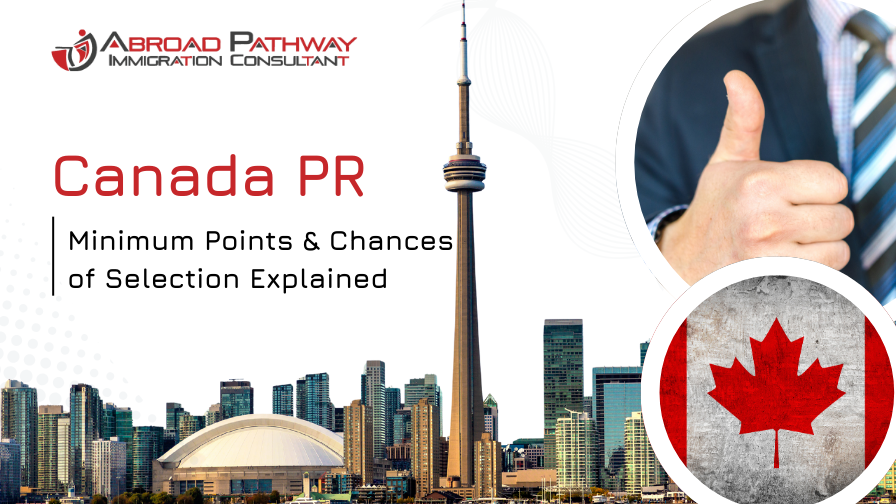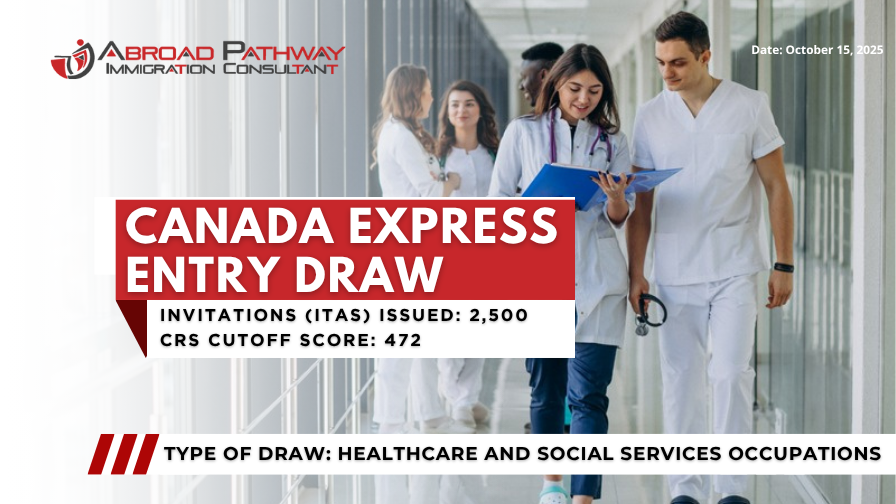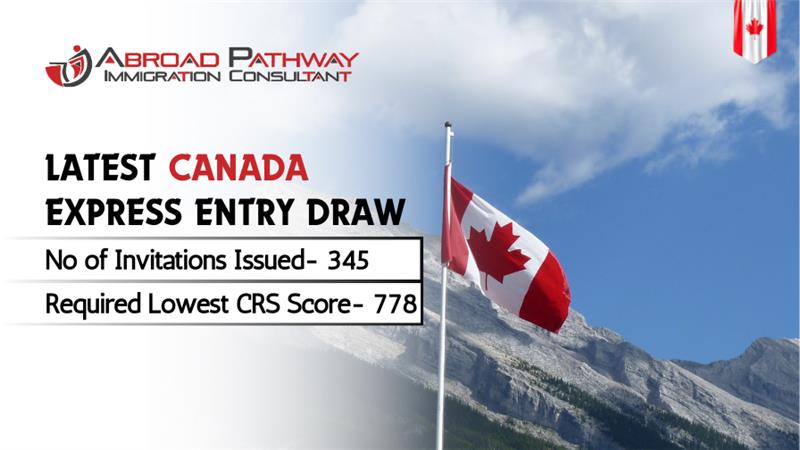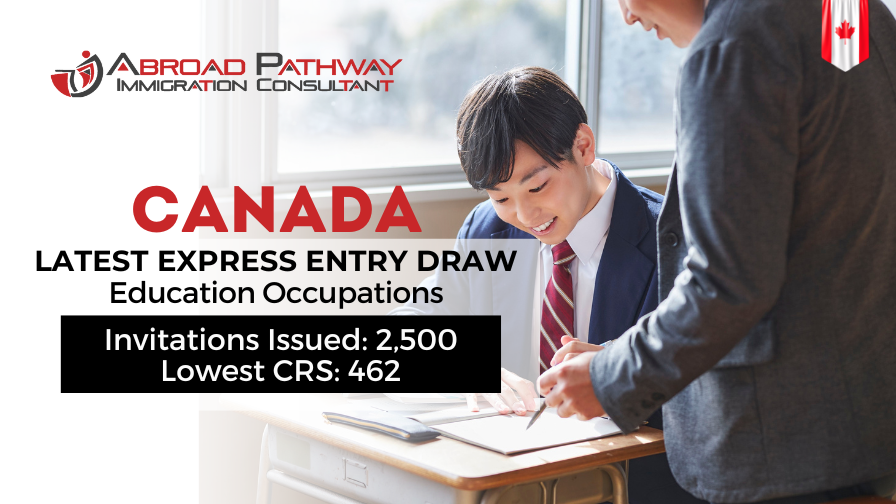IRCC Announces Immigration Levels Plan for 2024-2026
2023-12-05 | Abroad Pathway Immigration | Leave a Comment
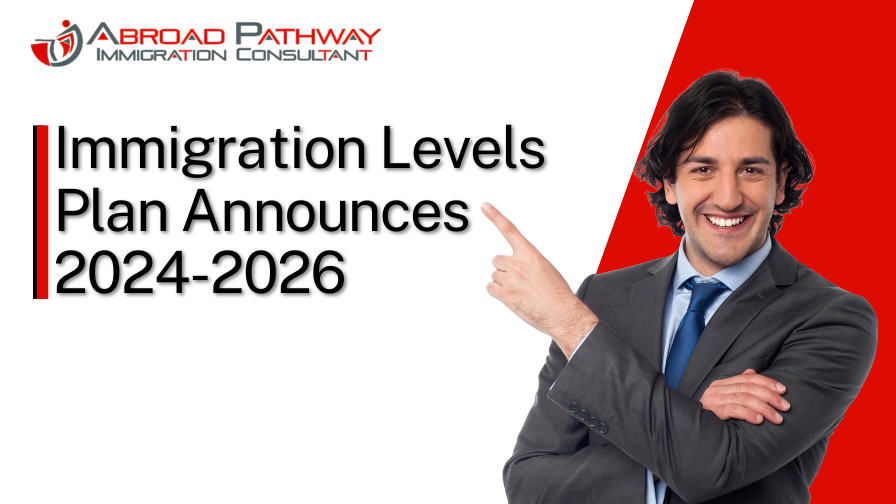
Canada has announced its Immigration Levels Plan for 2024-2026, outlining its targets for the admission of new immigrants. The plan aims to support economic growth, reunite families, and provide a safe haven for those fleeing oppression or humanitarian crises. In this article, we will explore the key details of the plan, including the breakdown of immigration targets by class, the rise of Express Entry and Provincial Nominee Program (PNP) targets, and the Canadian government's strategy to improve the immigration system.
Canada's Immigration Levels Plan 2024-2026
The Immigration Levels Plan 2024-2026 maintains the same targets as the previous plan, with some updates. In 2024, Canada aims to welcome 485,000 new immigrants, followed by 500,000 in both 2025 and 2026. These targets are divided into three main classes: economic, family, and humanitarian.
Check Your Eligibility
Breakdown of Immigration Targets by Class
In 2024, approximately 58% of the annual target, or 281,135 immigrants, will fall under the economic class. By 2026, this number is expected to rise to 301,250 immigrants, accounting for 60% of the annual target. The family class target will be 24% of all admissions, with 114,000 immigrants in 2024 and 118,000 immigrants in 2026. The humanitarian admission targets, including refugees and protected persons, will make up approximately 19% of all admissions, with 89,865 immigrants in 2024 and 80,832 immigrants in 2026.
Express Entry and PNP Targets
The Express Entry system, a popular pathway for skilled immigrants, will see an increase in its targets. In 2024, Canada aims to admit 110,700 permanent residents through Express Entry, which will rise to 117,500 immigrants in each of 2025 and 2026. The Provincial Nominee Program (PNP) target will also rise, with 110,000 immigrants in 2024 and 120,000 immigrants in both 2025 and 2026.
Spousal, Partner, and Children Sponsorship and Parents and Grandparents Program (PGP) Targets
The Spousal, Partner, and Children sponsorship program has a target of 82,000 admissions in 2024, increasing to 84,000 in both 2025 and 2026. The Parents and Grandparents Program (PGP) target will be 32,000 immigrants in 2024, followed by 34,000 immigrants in both 2025 and 2026.
Stabilizing Immigration Levels and Improving the Immigration System
The Canadian government has decided to keep the immigration targets unchanged to support sustainable and stable population growth. Starting in 2026, the government plans to stabilize permanent resident levels at 500,000, allowing for successful integration while addressing the pressures on housing, healthcare, and infrastructure. The government also aims to recalibrate the number of temporary resident admissions to ensure the overall immigration system remains sustainable.
Canada's New Strategy for Improving the Immigration System
In addition to announcing the Immigration Levels Plan, Canada has unveiled a new strategy to modernize the immigration system. The strategy, titled "An Immigration System for Canada's Future," focuses on three major goals:
- Creating a more welcoming experience for newcomers by delivering a pleasant and user-friendly immigration process.
- Aligning immigration with the country's labor market needs to ensure that immigrants contribute to Canada's economic growth.
- Developing a comprehensive and coordinated growth plan in collaboration with all levels of government to provide adequate housing, healthcare, and infrastructure for the growing newcomer population.
Canada's Shifting Immigration Strategy
Canada's immigration strategy has evolved over the years to address changing labor market needs and economic conditions. In the late 1980s, the government shifted its focus towards planning for future immigration, setting higher immigration targets based on anticipated labor shortages. The emphasis on economic class immigrants increased, while the shares of family and humanitarian classes decreased to support the economy during recessions.
Under the current federal government led by Prime Minister Justin Trudeau, immigration targets have steadily risen. In 2022, Canada welcomed a record-breaking 437,000 new immigrants, and the target for 2023 is set at 465,000. These high targets are driven by the need to address the shortage of skilled labor due to a low birth rate and the upcoming retirement of millions of Canadian workers.
The Importance of Immigration for Canada's Economy
Despite concerns about affordability and housing shortages, Canada continues to maintain high immigration targets due to the significant role newcomers play in the country's economic growth. Newcomers are responsible for 98% of Canada's population growth, and the most recent job vacancy data shows a substantial number of vacant positions in the labor market.
To target economic immigrants who can help close the labor force gap, Canada has introduced category-based selection rounds of invitations in the Express Entry system. This approach allows the government to prioritize candidates with work experience in in-demand sectors or those who can contribute to promoting the French language outside of Quebec.
Quebec's Immigration Levels Plan
Quebec, as the only province in Canada with the authority to shape its immigration targets independently, has also announced its immigration levels plan for 2024 and 2025. Quebec aims to welcome 50,000 new immigrants in both 2024 and 2025, as it seeks to preserve its distinct francophone character.
Canada's Immigration Levels Plan for 2024-2026 sets ambitious targets to support economic growth, reunite families, and provides humanitarian assistance. The plan reflects the government's commitment to sustainable and stable population growth while addressing the challenges of housing, healthcare, and infrastructure. The new strategy to improve the immigration system aims to create a more welcoming experience, align immigration with labor market needs, and develop a comprehensive growth plan. With high immigration targets and a focus on attracting skilled immigrants, Canada is positioning itself to meet the demands of its evolving economy and secure a prosperous future.


